Home>Gardening & Outdoor>Landscaping Ideas>How Long Does It Take For Grass To Reseed Itself
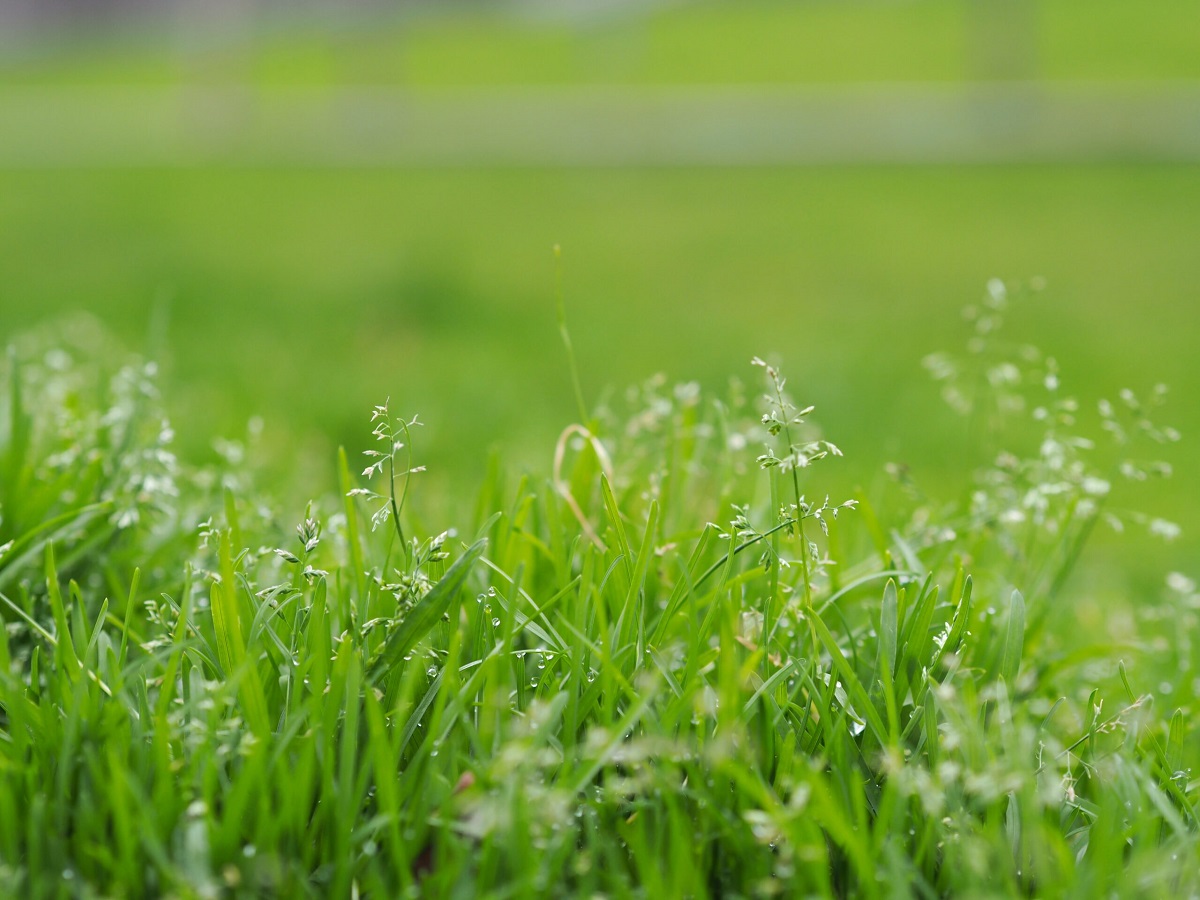

Landscaping Ideas
How Long Does It Take For Grass To Reseed Itself
Published: January 30, 2024
Learn how to reseed your lawn and improve your landscaping with our expert tips. Discover the best practices for grass reseeding and achieve a lush, healthy lawn.
(Many of the links in this article redirect to a specific reviewed product. Your purchase of these products through affiliate links helps to generate commission for Storables.com, at no extra cost. Learn more)
Introduction
Grass reseeding is a fundamental aspect of maintaining a lush and vibrant lawn or landscape. Whether you’re aiming to rejuvenate bare patches, improve the overall density of your grass, or introduce new varieties, understanding the reseeding process is essential for achieving a healthy and resilient lawn. In this comprehensive guide, we’ll delve into the factors influencing grass reseeding, explore the typical timeline for this process, and provide valuable tips to ensure successful reseeding endeavors.
Whether you’re a seasoned gardener or a novice enthusiast, the journey of grass reseeding offers a fulfilling opportunity to nurture and enhance the natural beauty of your outdoor space. Let’s embark on this enlightening exploration of grass reseeding and uncover the secrets to cultivating a thriving and verdant landscape.
Key Takeaways:
- Grass reseeding success depends on factors like climate, soil prep, seed selection, and maintenance. Timing is crucial, with cool-season grasses best reseeded in early fall and warm-season varieties in late spring or early summer.
- To achieve a lush and resilient lawn through grass reseeding, focus on thorough soil prep, strategic timing, even seed distribution, consistent moisture, meticulous maintenance, and patience. It’s a fulfilling journey of nurturing natural beauty.
Read more: How Long Does It Take For Grass To Grow
Factors Affecting Grass Reseeding
Several key factors play a pivotal role in determining the success of grass reseeding endeavors. Understanding these variables is crucial for making informed decisions and optimizing the reseeding process.
- Climate and Season: The climatic conditions and the time of year significantly impact grass reseeding. Cool-season grasses thrive when reseeded in the early fall, as the soil remains warm, promoting rapid seed germination. Conversely, warm-season grasses benefit from reseeding in the late spring to early summer, capitalizing on the favorable growing conditions.
- Soil Preparation: The condition of the soil directly influences the success of grass reseeding. Adequate soil preparation, including thorough aeration, removal of thatch, and soil amendment with organic matter, fosters an optimal environment for seed germination and root establishment.
- Seed Selection: Choosing the right grass seed variety is paramount. Factors such as the local climate, sun exposure, and intended use of the lawn (e.g., high-traffic areas or ornamental landscapes) should guide the selection process. Opting for high-quality, certified seeds tailored to your specific requirements enhances the likelihood of successful reseeding.
- Watering and Maintenance: Consistent and adequate moisture is essential for seed germination and the early stages of grass establishment. Proper watering, coupled with regular maintenance practices like mowing at the correct height and minimizing foot traffic on newly reseeded areas, promotes healthy grass growth.
- Weed and Pest Control: Addressing weed infestations and pest issues before reseeding is crucial. Implementing effective weed control measures and managing pest populations helps prevent competition for resources and minimizes potential damage to emerging grass seedlings.
By carefully considering these influential factors and tailoring your approach to grass reseeding accordingly, you can significantly enhance the likelihood of achieving a robust and verdant lawn.
Grass Reseeding Timeline
The timeline for grass reseeding encompasses several distinct phases, each playing a crucial role in the successful establishment of new grass seedlings. Understanding the sequence of events and the associated timeframes is vital for orchestrating a well-coordinated reseeding effort.
Preparation Phase: Before initiating the reseeding process, it’s essential to prepare the existing lawn or bare patches meticulously. This phase typically involves dethatching to remove accumulated organic debris, core aeration to alleviate soil compaction, and the application of soil amendments to enhance nutrient levels and soil structure. Depending on the specific requirements of your lawn, this preparatory phase may span several weeks, ensuring that the soil is primed for optimal seed germination and growth.
Seeding Phase: Once the soil preparation is complete, the actual seeding phase can commence. For cool-season grasses, such as fescue and Kentucky bluegrass, the ideal time for seeding is early fall, typically from late August to mid-September. This timeframe capitalizes on the warm soil temperatures and reduced weed competition, fostering rapid germination and establishment. Conversely, warm-season grasses, including Bermuda grass and Zoysia grass, are best reseeded in late spring to early summer, aligning with their peak growth periods.
Germination and Establishment Phase: Following the seeding phase, the newly sown grass seeds undergo germination, signaling the commencement of active growth. Depending on the grass variety and prevailing environmental conditions, germination typically occurs within 7 to 21 days. During this phase, consistent moisture is critical to support the emerging seedlings, and diligent monitoring is essential to ensure optimal growing conditions.
Early Maintenance Phase: As the reseeded grass continues to establish itself, diligent maintenance practices are paramount. This includes regular watering to sustain adequate soil moisture, mowing at a height that promotes healthy growth, and refraining from heavy foot traffic on the newly reseeded areas. Adhering to these maintenance protocols during the initial 4 to 6 weeks post-seeding significantly contributes to the successful development of a dense and resilient lawn.
By adhering to this comprehensive timeline and addressing each phase with meticulous care and attention, you can maximize the likelihood of achieving a vibrant and thriving lawn through the reseeding process.
Grass can reseed itself in about 6-8 weeks, but this can vary depending on the type of grass and growing conditions. Keep the area well-watered and avoid mowing too short to help the reseeding process.
Tips for Successful Grass Reseeding
Embarking on a grass reseeding endeavor presents an opportunity to revitalize your lawn and elevate its overall health and aesthetic appeal. To ensure a successful and gratifying reseeding experience, consider implementing the following tips and best practices:
- Thorough Soil Preparation: Prior to reseeding, meticulously prepare the soil by dethatching, aerating, and amending it with organic matter. This sets the stage for optimal seed germination and root establishment.
- Appropriate Seed Selection: Choose high-quality grass seeds tailored to your specific climate, sun exposure, and usage requirements. Opting for certified seeds ensures superior germination rates and long-term resilience.
- Strategic Timing: Align the reseeding efforts with the appropriate season for your grass type. Cool-season grasses thrive when reseeded in early fall, while warm-season varieties fare best when reseeded in late spring or early summer.
- Even Seed Distribution: Ensure uniform seed distribution across the targeted areas to promote consistent growth and prevent patchy or sparse coverage.
- Consistent Moisture: Maintain adequate soil moisture by watering the reseeded areas regularly, especially during the critical germination and early establishment phases. Avoid overwatering, which can lead to seed displacement and fungal issues.
- Meticulous Maintenance: Implement a diligent maintenance regimen, including proper mowing, minimal foot traffic on reseeded areas, and vigilant weed control. This fosters an environment conducive to robust grass growth.
- Monitor Germination and Growth: Regularly inspect the reseeded areas for signs of germination and emerging seedlings. Address any issues promptly to support healthy grass development.
- Patience and Perseverance: Recognize that successful grass reseeding is a gradual process. Exercise patience and remain committed to consistent care and maintenance to achieve the desired results.
By incorporating these valuable tips into your grass reseeding strategy, you can elevate the likelihood of cultivating a luxuriant and enduring lawn that enhances the beauty of your outdoor space.
Conclusion
Grass reseeding serves as a transformative practice that empowers homeowners and landscapers to rejuvenate and fortify their outdoor spaces. By considering the influential factors impacting grass reseeding, adhering to a well-structured timeline, and implementing best practices, individuals can foster the growth of a resilient and verdant lawn that enhances the overall allure of their property.
Understanding the critical role of climate, soil preparation, seed selection, and maintenance in the reseeding process empowers enthusiasts to make informed decisions and orchestrate a successful reseeding endeavor. By aligning the reseeding timeline with the specific requirements of cool-season or warm-season grasses, individuals can capitalize on the optimal growing conditions, fostering robust germination and establishment.
Furthermore, the implementation of strategic tips, such as thorough soil preparation, even seed distribution, and consistent moisture management, contributes to the creation of a thriving and visually captivating lawn. Diligent monitoring and maintenance, coupled with patience and perseverance, are essential elements in nurturing the reseeded grass to maturity, culminating in a lush and resilient landscape.
As individuals embrace the art and science of grass reseeding, they embark on a fulfilling journey of nurturing and enhancing the natural beauty of their outdoor environments. The gratification of witnessing the transformation of bare patches into vibrant expanses of greenery underscores the profound impact of successful grass reseeding on the overall ambiance and allure of a property.
Ultimately, the art of grass reseeding transcends mere horticultural practice; it embodies the spirit of stewardship, creativity, and the unwavering pursuit of natural beauty. By embracing the principles and insights outlined in this guide, individuals can embark on a gratifying and rewarding journey of cultivating a resilient and captivating lawn through the transformative power of grass reseeding.
Frequently Asked Questions about How Long Does It Take For Grass To Reseed Itself
Was this page helpful?
At Storables.com, we guarantee accurate and reliable information. Our content, validated by Expert Board Contributors, is crafted following stringent Editorial Policies. We're committed to providing you with well-researched, expert-backed insights for all your informational needs.
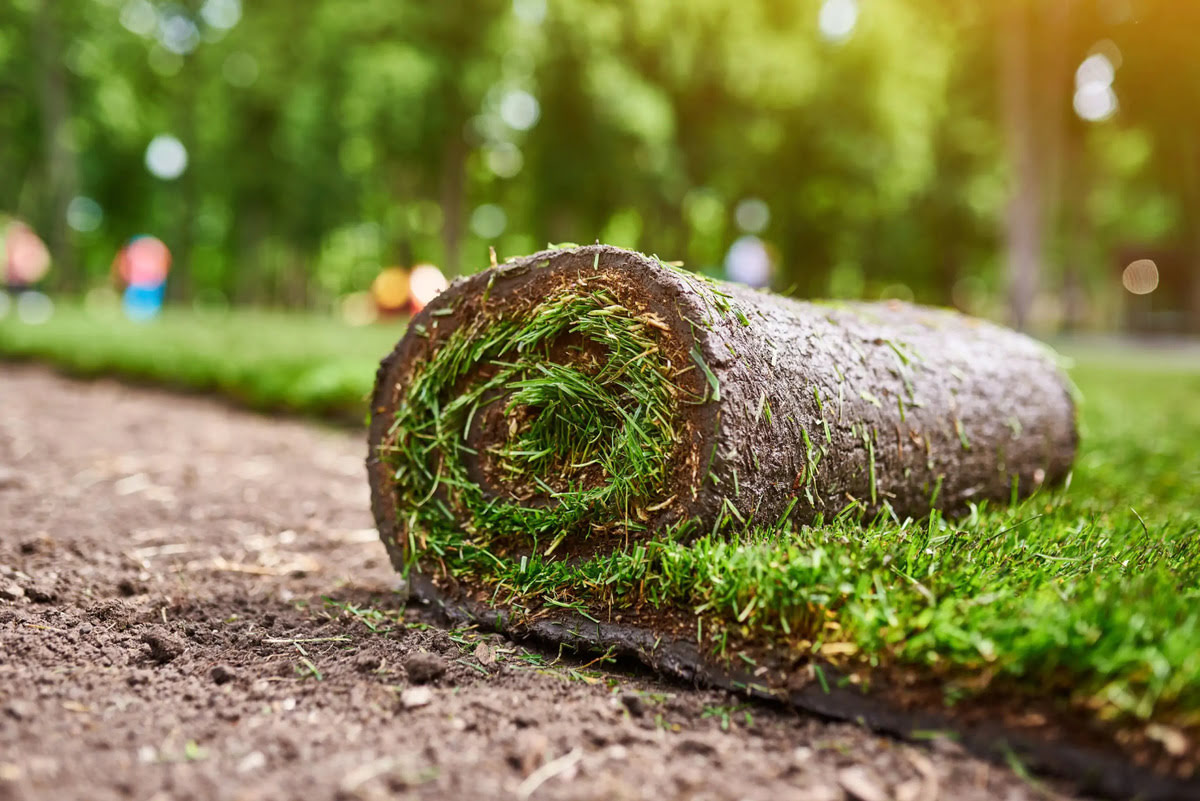
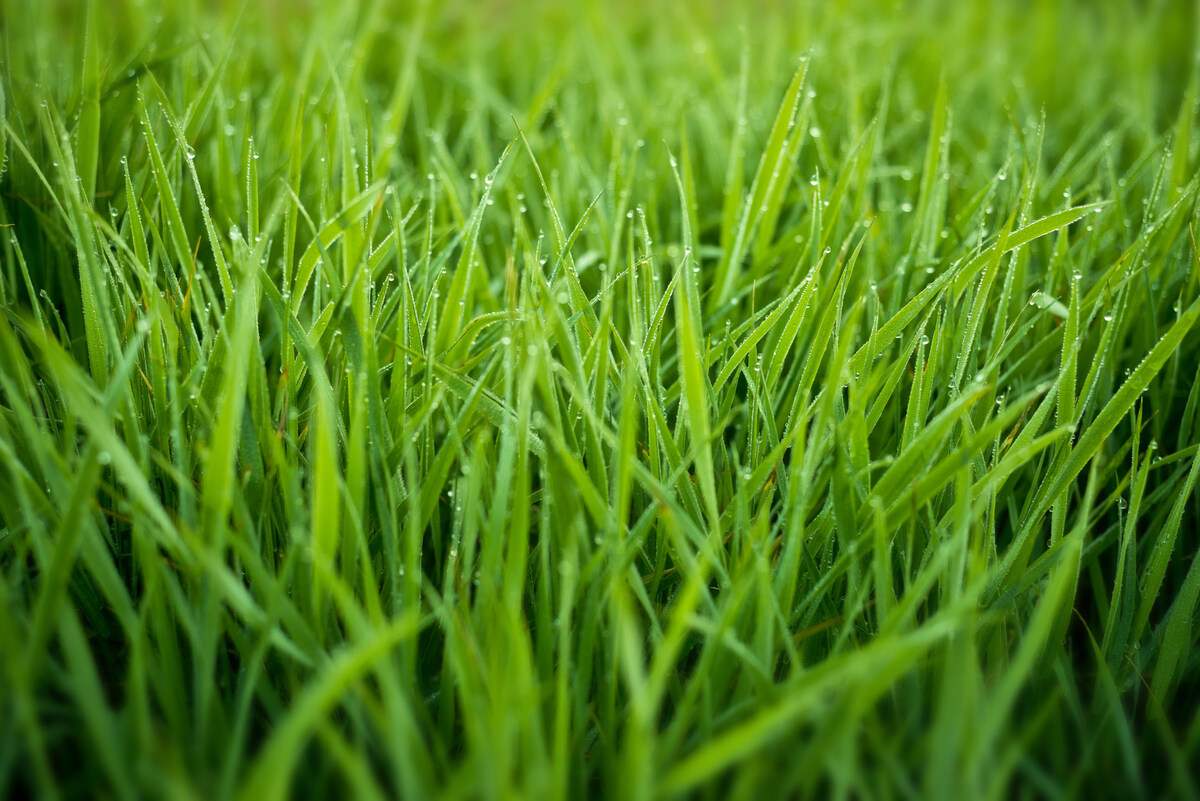

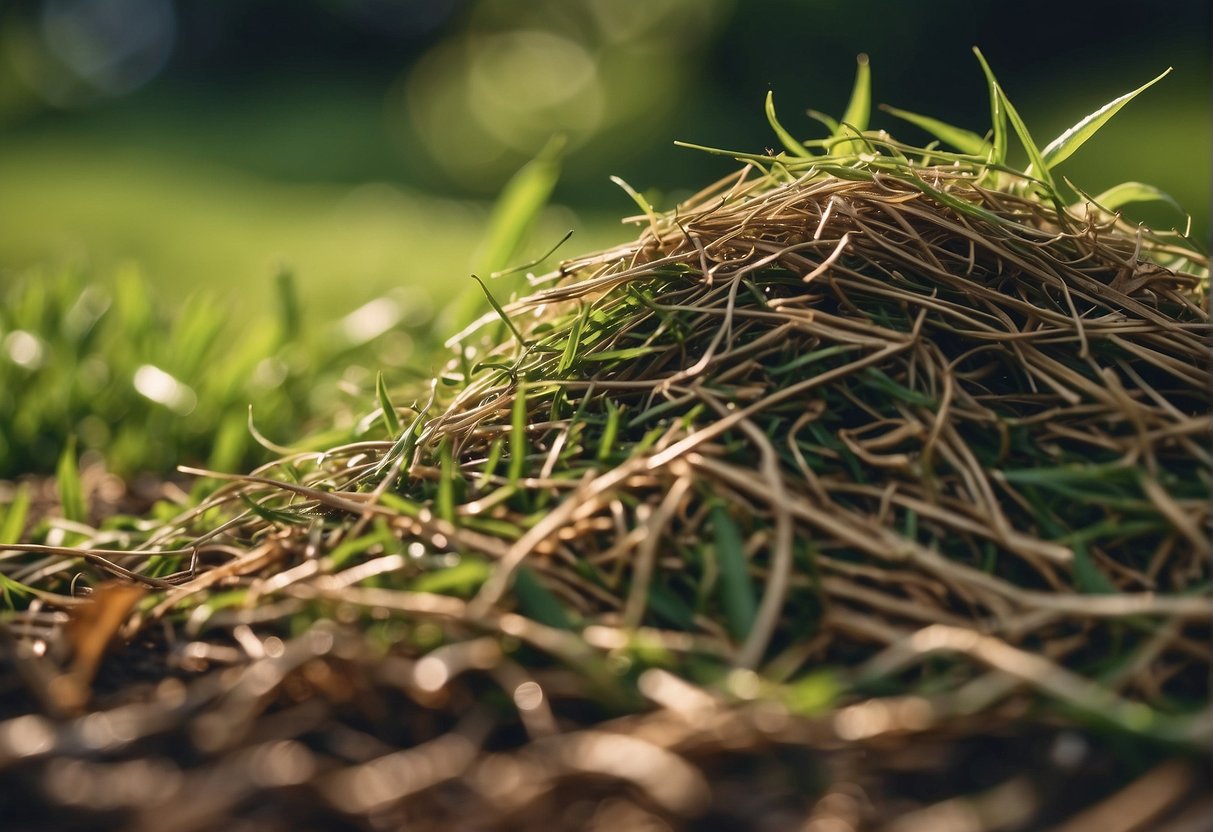
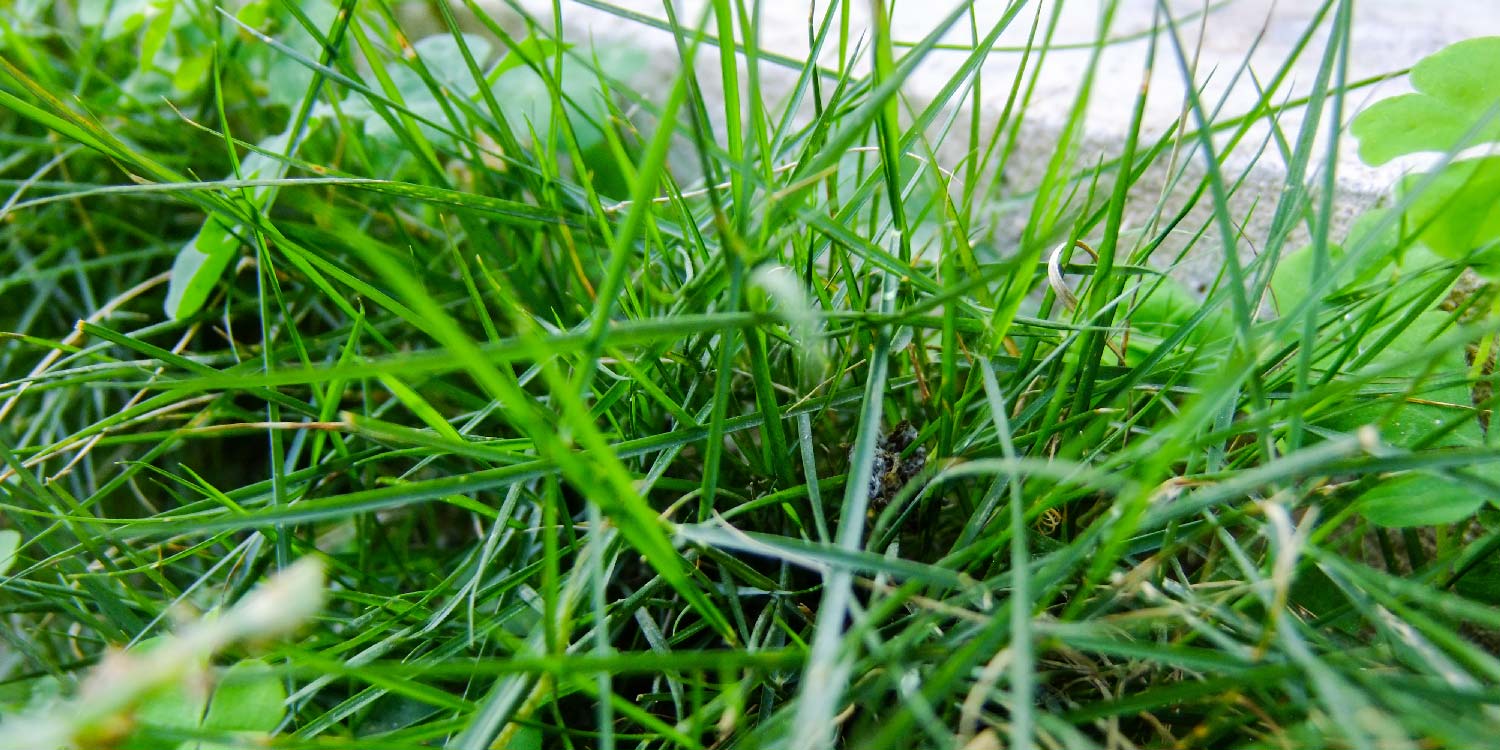
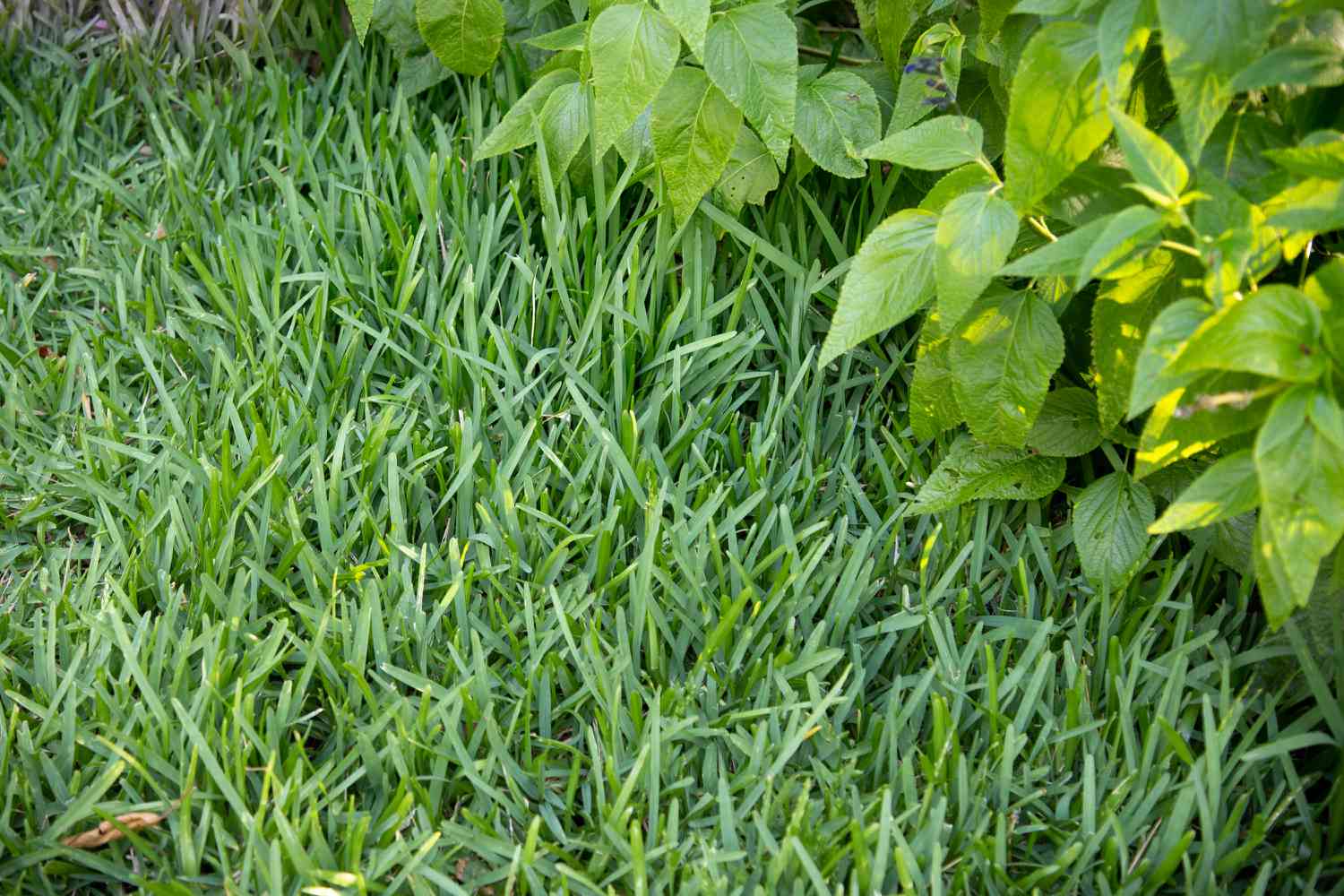
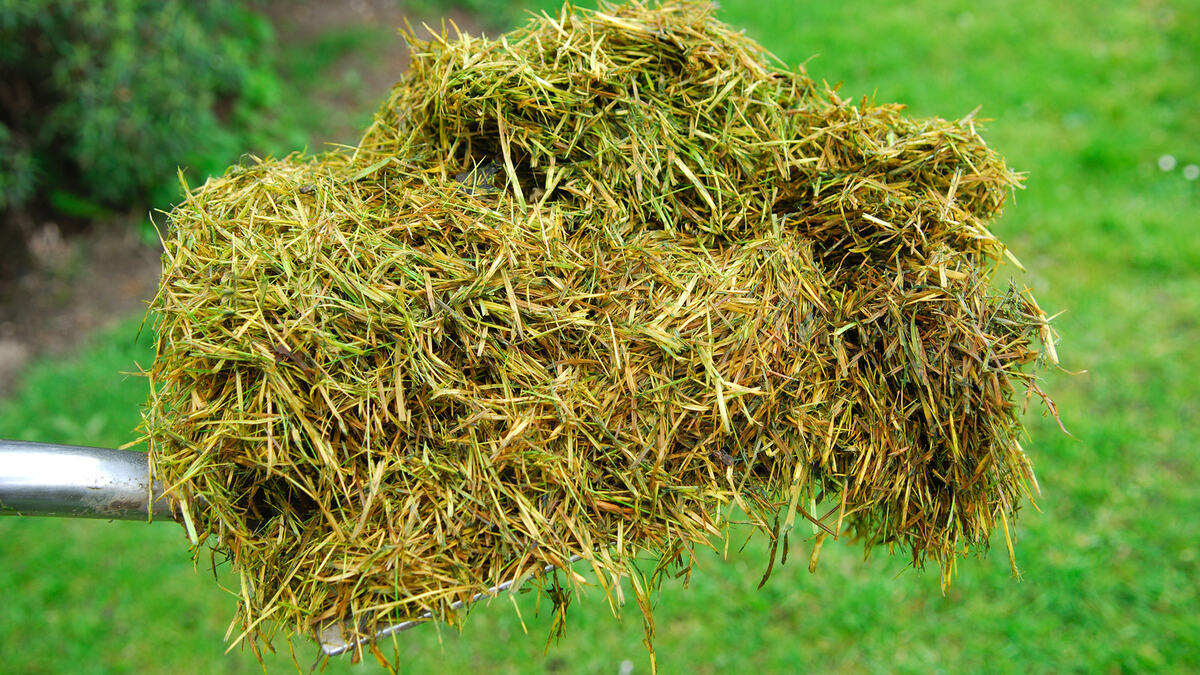

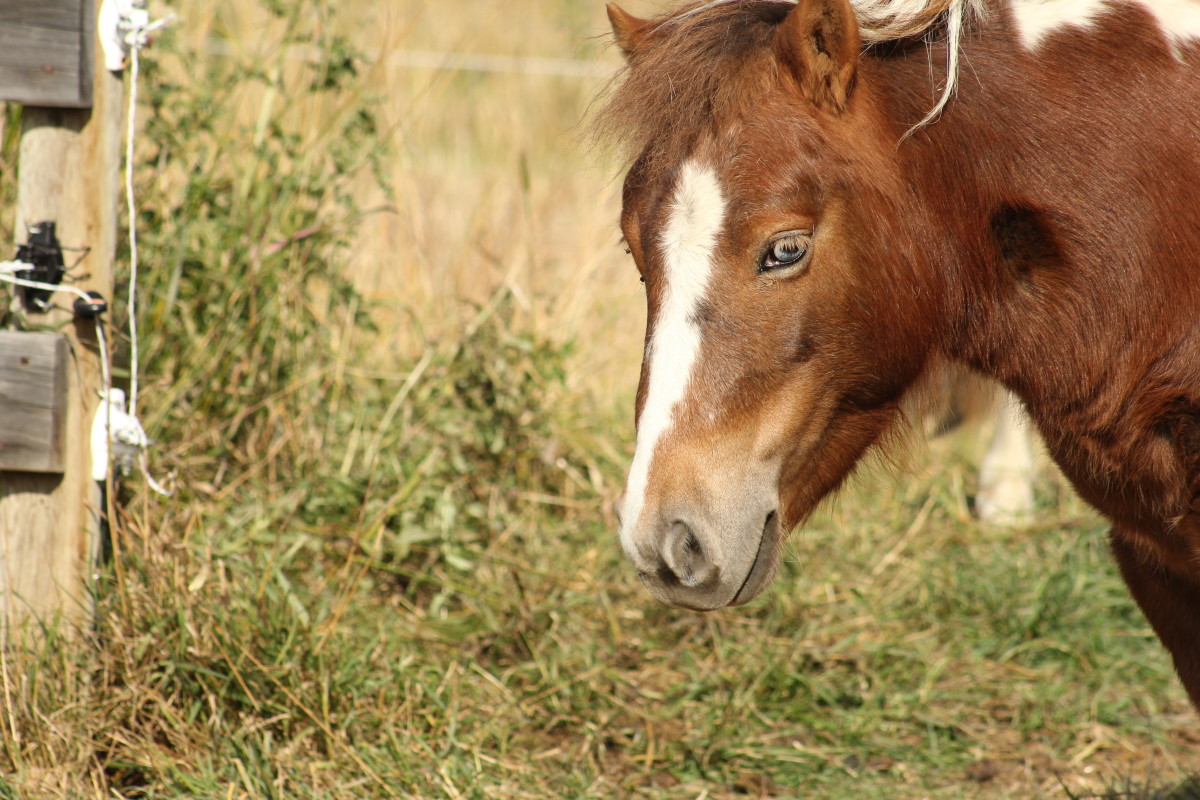
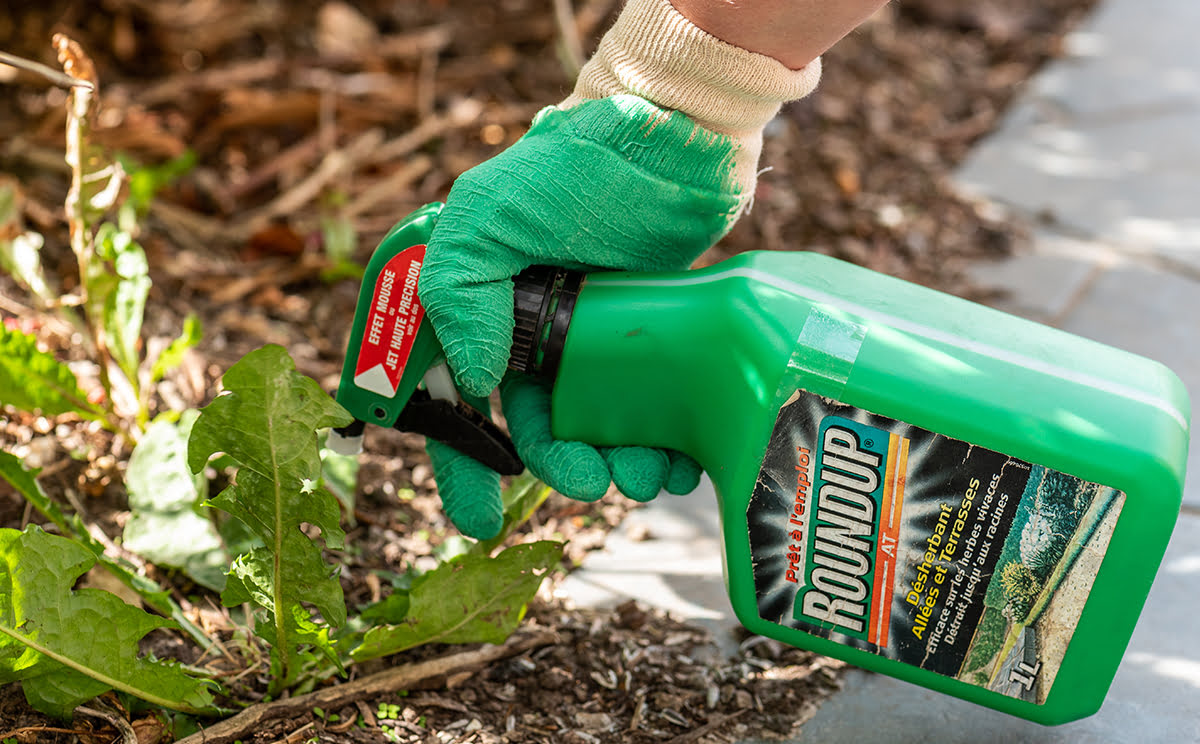
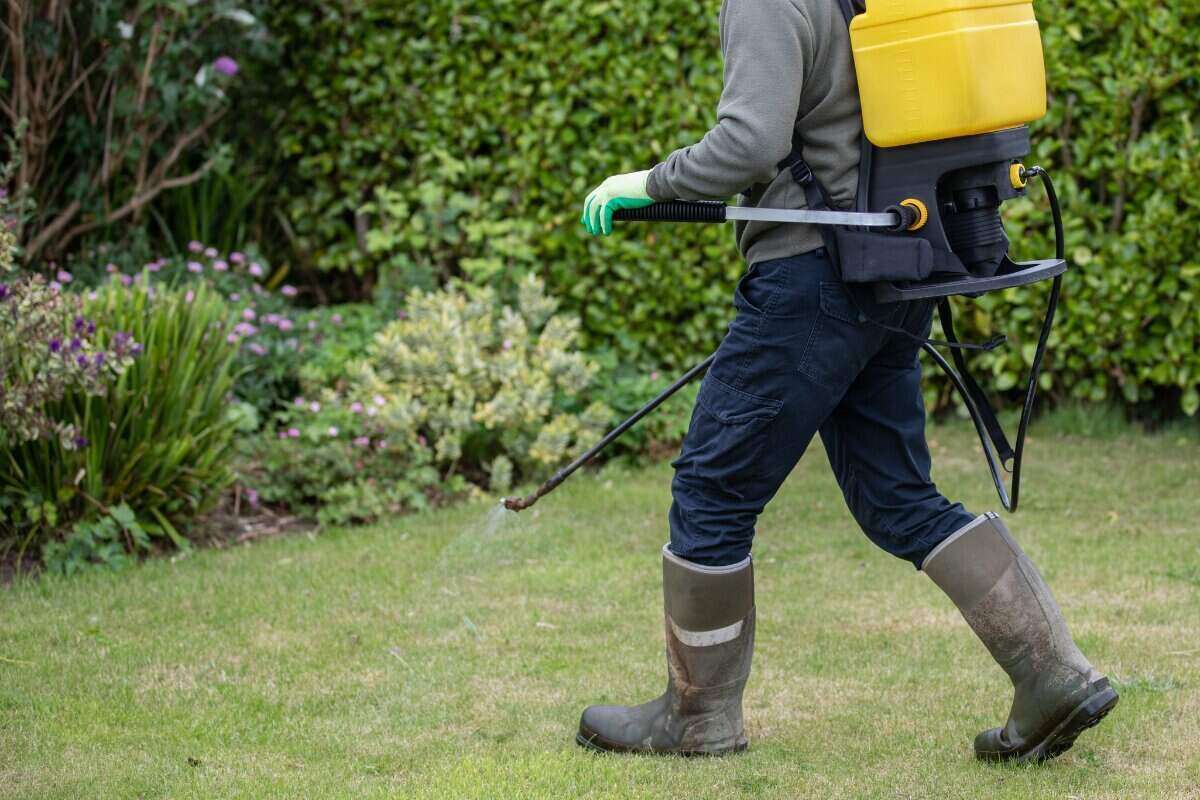
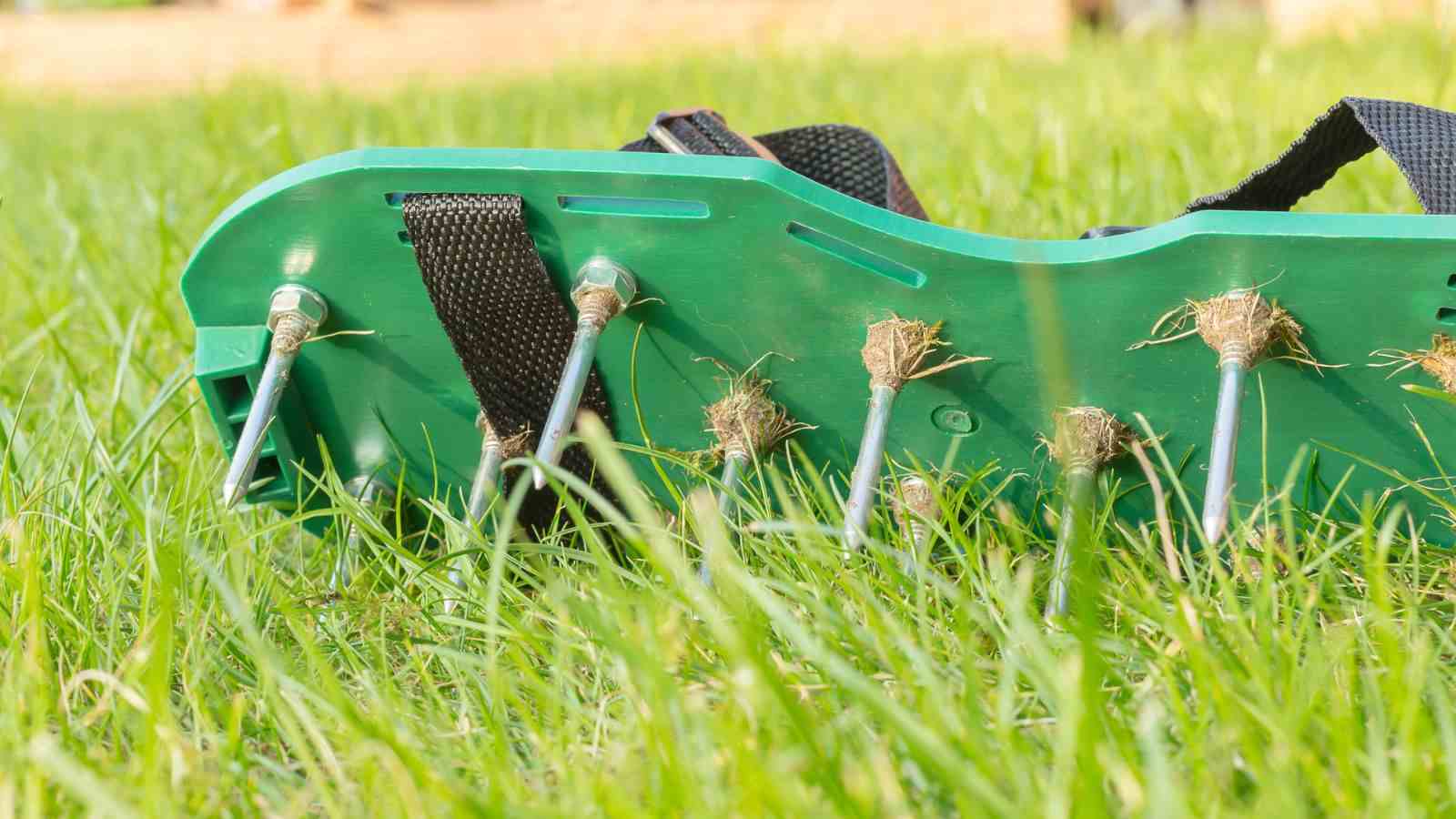
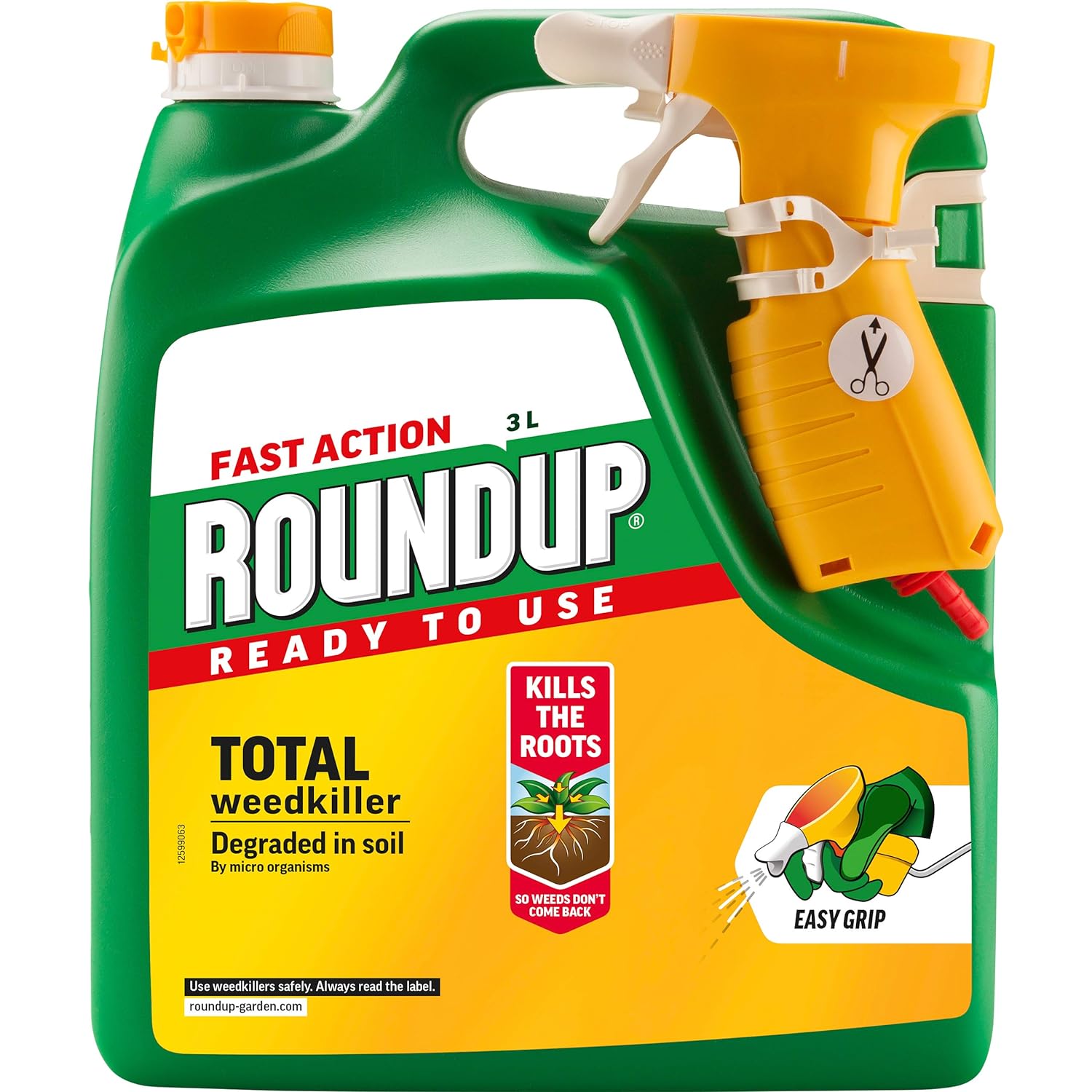
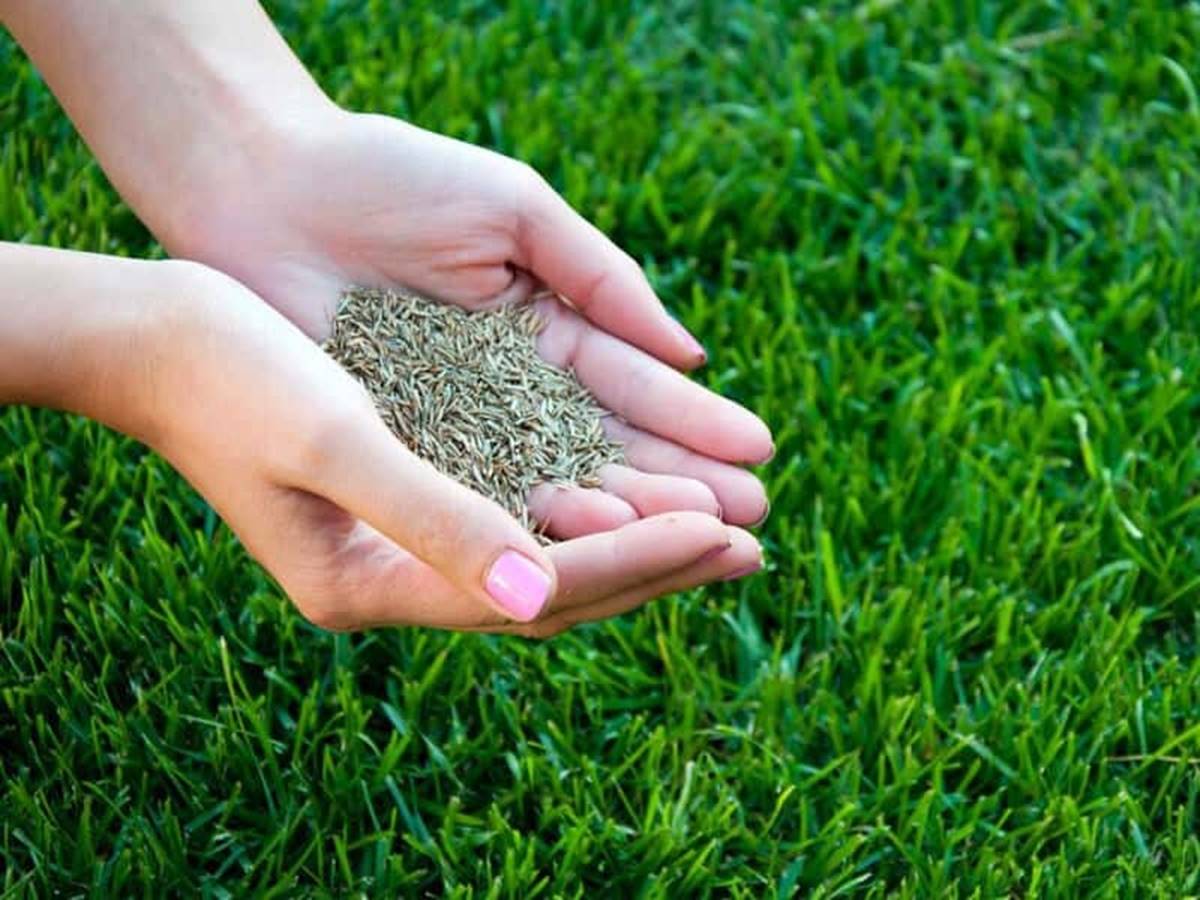
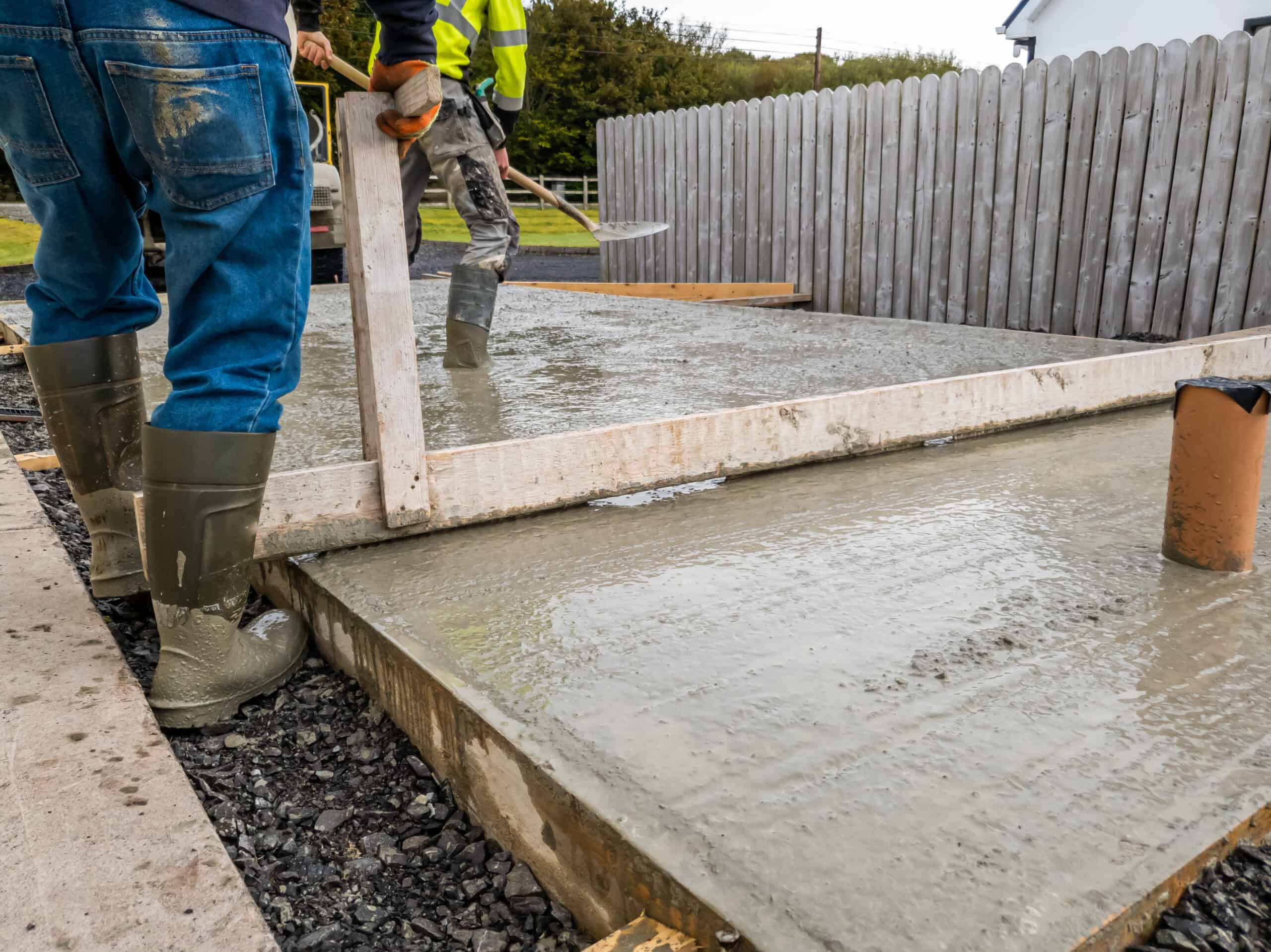

0 thoughts on “How Long Does It Take For Grass To Reseed Itself”